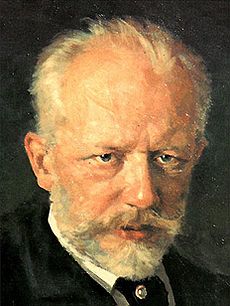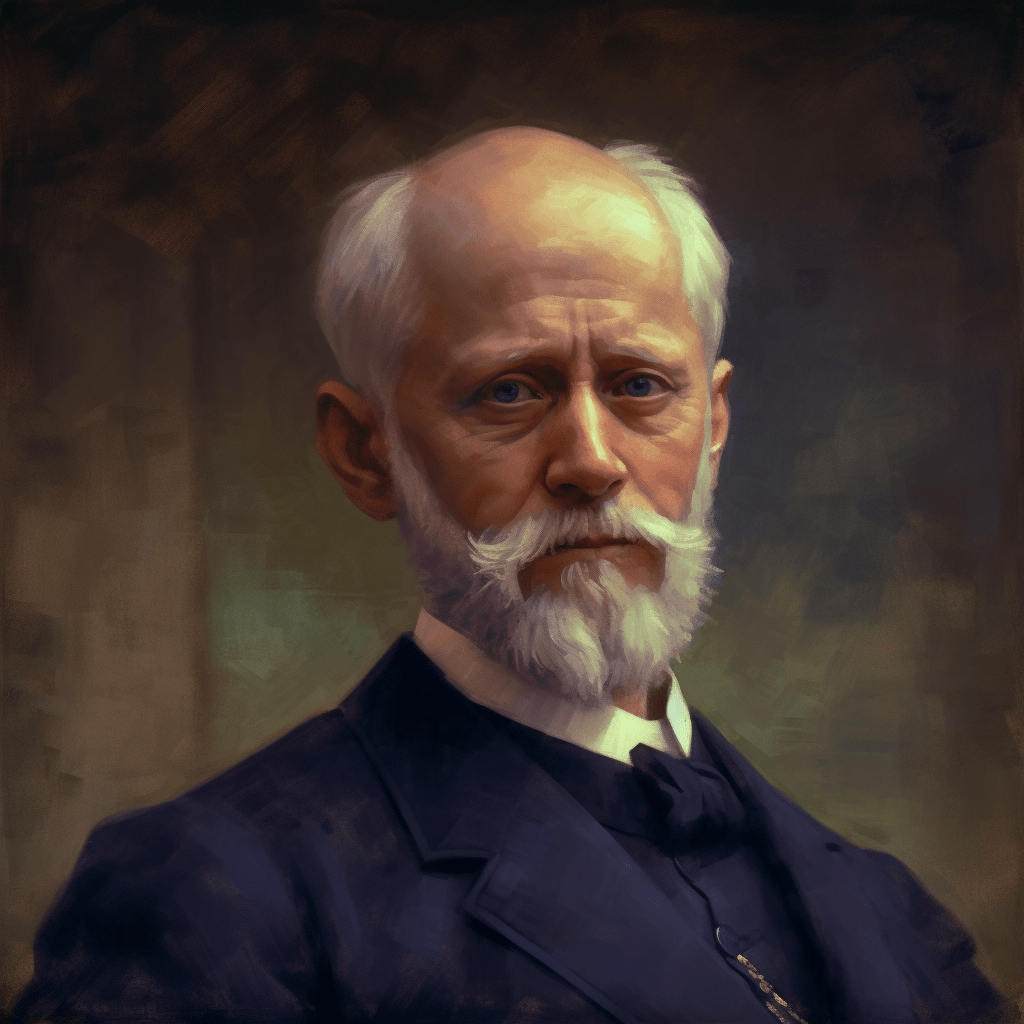Pyotr Ilyich Tchaikovsky’s Romeo and Juliet Fantasy-Overture stands as one of the most celebrated orchestral works inspired by William Shakespeare’s tragic love story. First composed in 1869 and later revised twice, this symphonic poem has become a staple of the concert repertoire, renowned for its evocative themes and masterful orchestration.
Origins and First Version (1869)
The idea for Romeo and Juliet was suggested to Tchaikovsky by his mentor, Mily Balakirev, who encouraged him to create a programmatic orchestral work based on Shakespeare’s play. Balakirev even provided detailed guidance on structure, key modulations, and thematic development. Eager to impress and establish his reputation, Tchaikovsky completed the first version in 1869. However, this initial attempt was met with mixed reactions, and Balakirev himself found aspects of the piece lacking in cohesion and dramatic impact.
The 1870 Revision: A More Refined Approach
In response to the feedback, Tchaikovsky revised the overture in 1870, making structural and thematic changes. He introduced a new section to better represent the conflict between the Montagues and Capulets, and he refined the love theme, which would later become one of the most recognized melodies in classical music. Despite the improvements, Tchaikovsky remained dissatisfied with the piece.
The Final Version (1880): A Timeless Masterpiece
A decade later, in 1880, Tchaikovsky returned to Romeo and Juliet for a final revision. He refined the structure further, enhancing the dramatic contrasts between the passionate love theme, the ominous battle motif, and the solemn religious chorale that opens the piece. This version, which premiered in 1886, was met with widespread acclaim and has since become the definitive form performed today.
Musical Structure and Themes
Tchaikovsky’s Romeo and Juliet Fantasy-Overture follows a loose sonata form, featuring three main thematic sections:
- The Introduction (Friar Laurence’s Theme) – The piece begins with a solemn and hymn-like chorale in the clarinets and bassoons, representing the peaceful yet ominous presence of Friar Laurence.
- The Conflict (Feud Between the Montagues and Capulets) – A powerful and aggressive theme follows, symbolizing the violent rivalry between the two families. Rapid string passages and dynamic brass motifs create a sense of chaos and urgency.
- The Love Theme (Romeo and Juliet’s Love) – Perhaps the most famous element of the overture, this lush and sweeping melody represents the doomed love of the two protagonists. It appears in the strings, later swelling into a passionate and soaring climax before fading into tragedy.
The work concludes with a dramatic coda, where the love theme returns in a sorrowful, fragmented form, ultimately leading to a somber, fateful resolution that mirrors the tragic ending of Shakespeare’s play.
Legacy and Influence
Since its final revision, Romeo and Juliet Fantasy-Overture has remained one of Tchaikovsky’s most performed and beloved compositions. The love theme has been widely used in films, television, and popular culture, further cementing its status as an iconic romantic melody. The piece showcases Tchaikovsky’s gift for lyrical expression, dramatic storytelling, and orchestral color, making it a masterpiece of 19th-century program music.
From concert halls to modern adaptations, Romeo and Juliet Fantasy-Overture continues to captivate audiences with its emotional depth and timeless beauty, proving the enduring power of both Tchaikovsky’s music and Shakespeare’s immortal tale of love and tragedy.


No responses yet